Significant differences between brushless and brushed motors
As two common DC motors, brushless motors and brushed motors have significant differences in structure, working principle, performance and application scenarios.
From the perspective of structure and commutation method, the core feature of the brushed motor is that it relies on a mechanical commutator and carbon brushes to achieve current commutation. The commutator rotates coaxially with the rotor, and the direction of the current is changed by the contact between the carbon brushes and the commutator segments. The structure is relatively simple, but there are mechanical wear parts of the carbon brushes and commutator. The brushless motor eliminates the mechanical commutator and carbon brushes and adopts electronic commutation technology. The rotor position is detected by a position sensor, and the current switching of the stator winding is controlled by an electronic controller to achieve contactless commutation. The structure consists of a stator (including windings), a rotor (permanent magnets) and an electronic control circuit, and there are no mechanical wear parts.

In terms of performance and life, brushed motors produce sparks, noise and energy loss during operation due to the friction between the carbon brushes and the commutator, resulting in low efficiency. The carbon brushes also wear quickly and have a short lifespan, requiring regular replacement of carbon brushes during maintenance. Brushless motors have no mechanical friction, low operating noise, no sparks, low energy loss, higher efficiency, and no carbon brush wear problems. Their lifespan is significantly extended, maintenance costs are low, and reliability is higher.
In terms of control and speed regulation capabilities, brushed motors are simple to control and can achieve speed regulation by adjusting the voltage, but the speed regulation range is narrow and the control accuracy is low, making it difficult to achieve complex torque or speed closed-loop control; brushless motors require dedicated controllers and can use PWM (pulse width modulation) technology to accurately control current, voltage, and frequency to achieve wide-range speed regulation (stable from low speed to high speed), support high-precision closed-loop control of speed, torque, position, etc., and are suitable for automation and precision control scenarios.
From the perspective of application scenarios, brushed motors are suitable for scenarios with low requirements on lifespan and precision due to their low cost and simple structure; brushless motors are widely used in fields with higher performance requirements due to their high efficiency, long lifespan and flexible control.



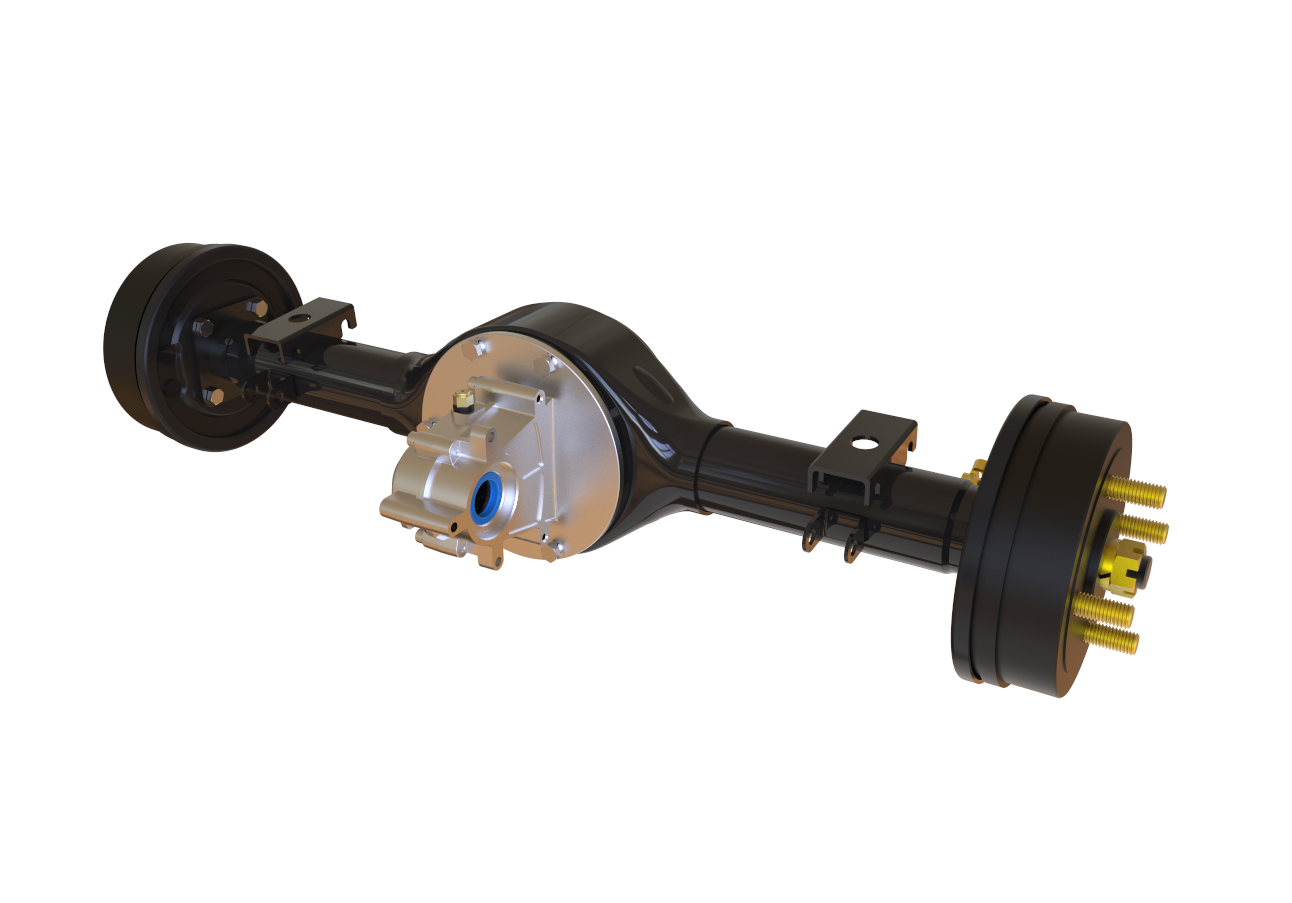
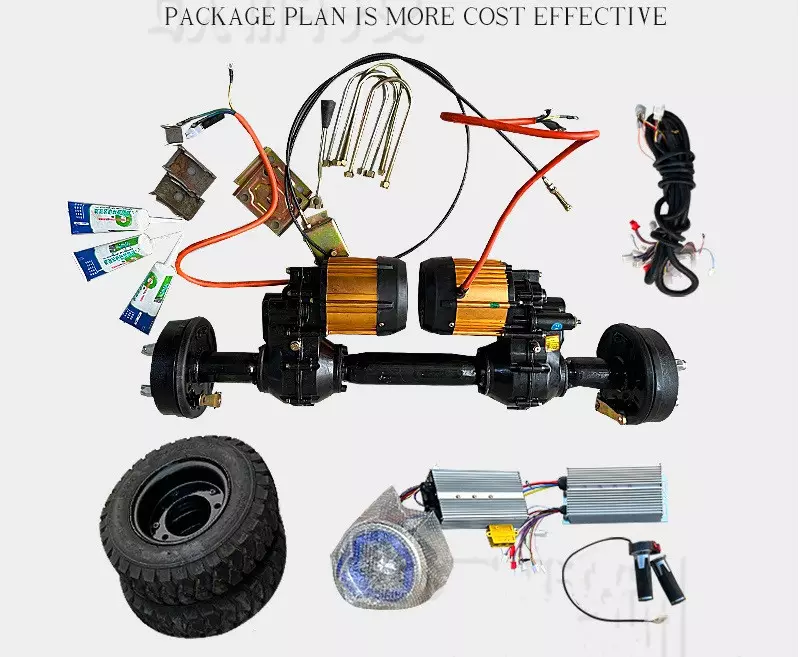

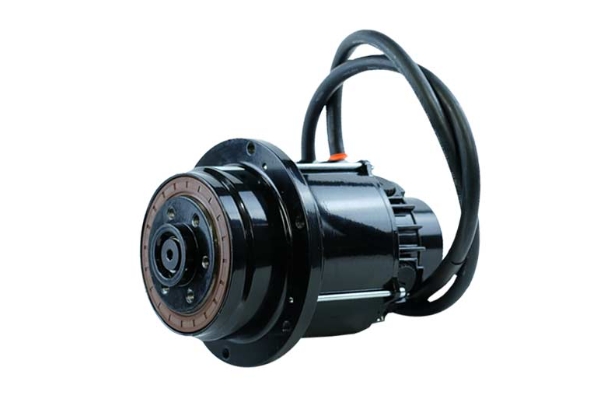
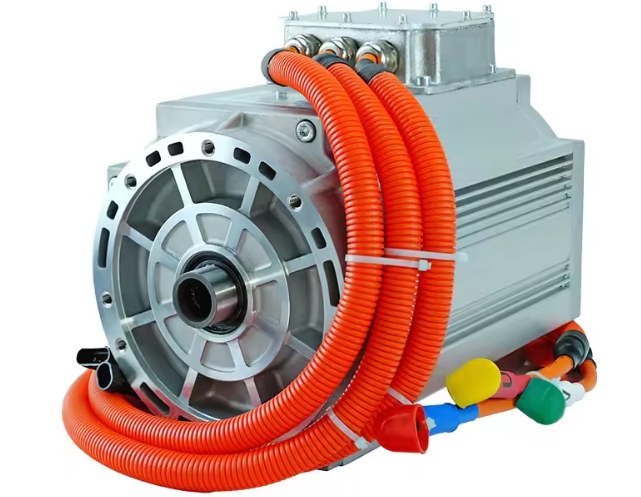
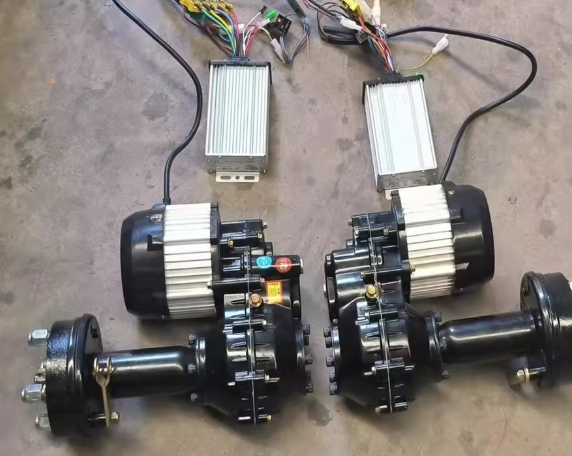


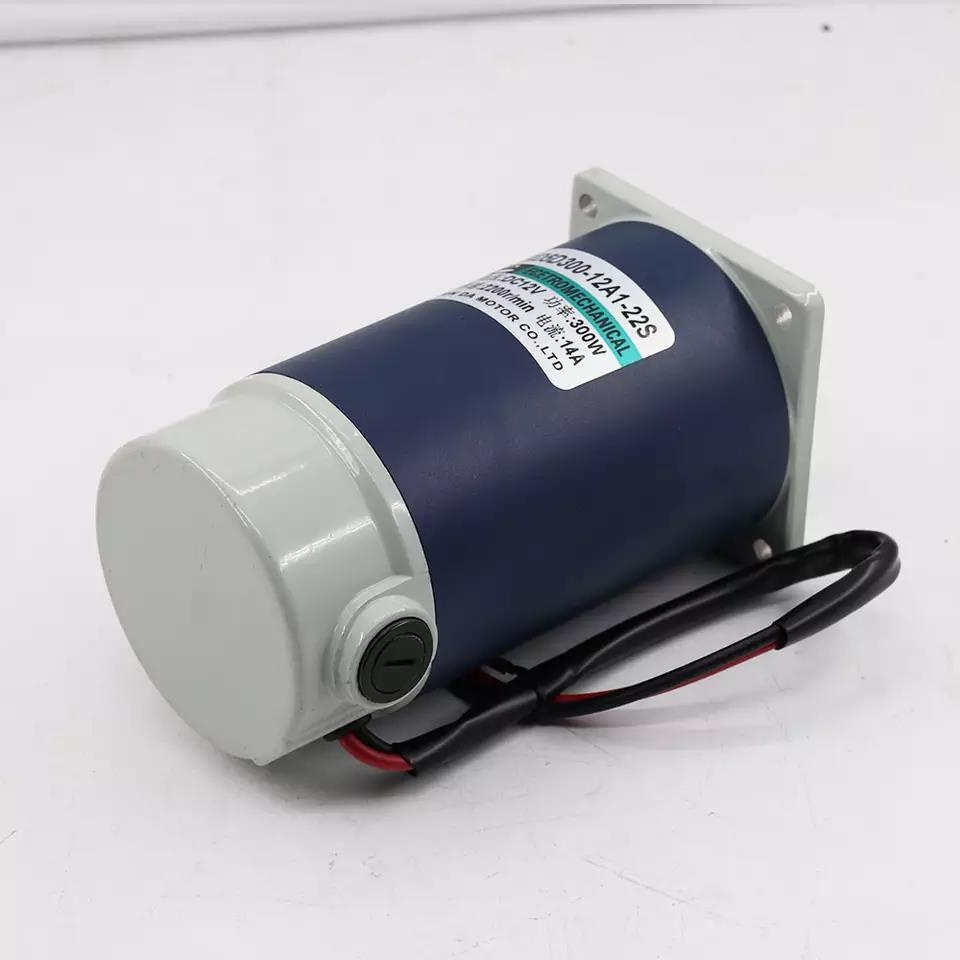
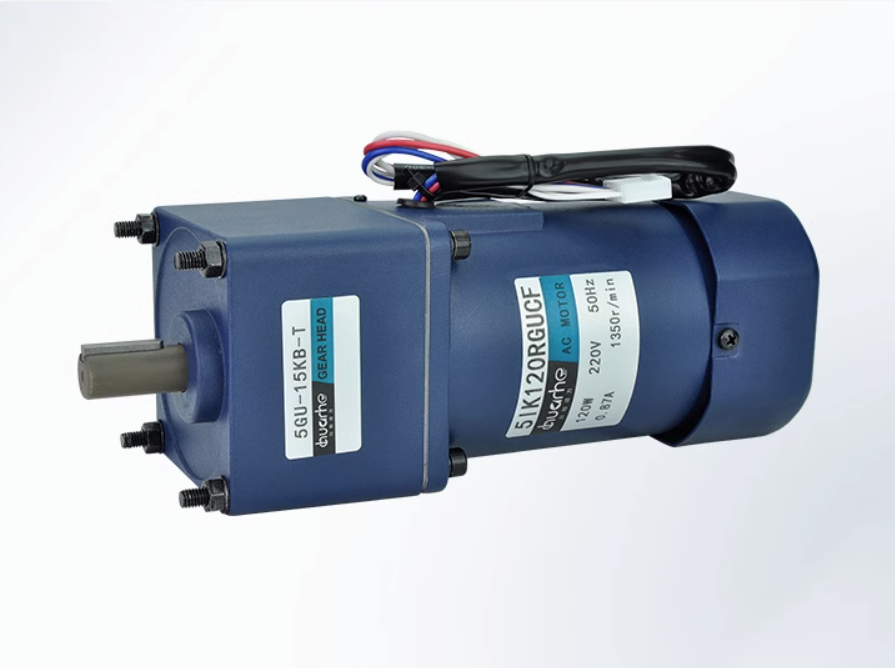
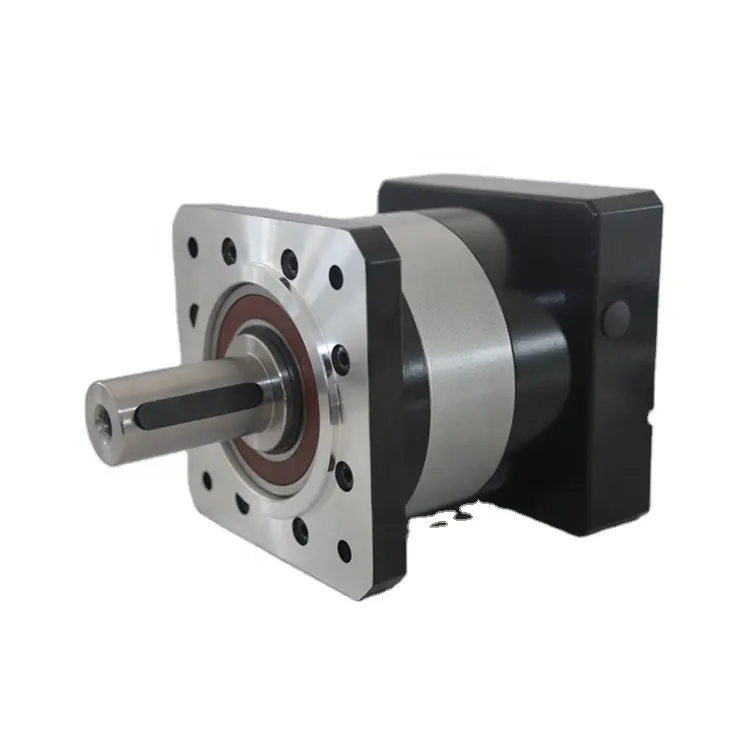
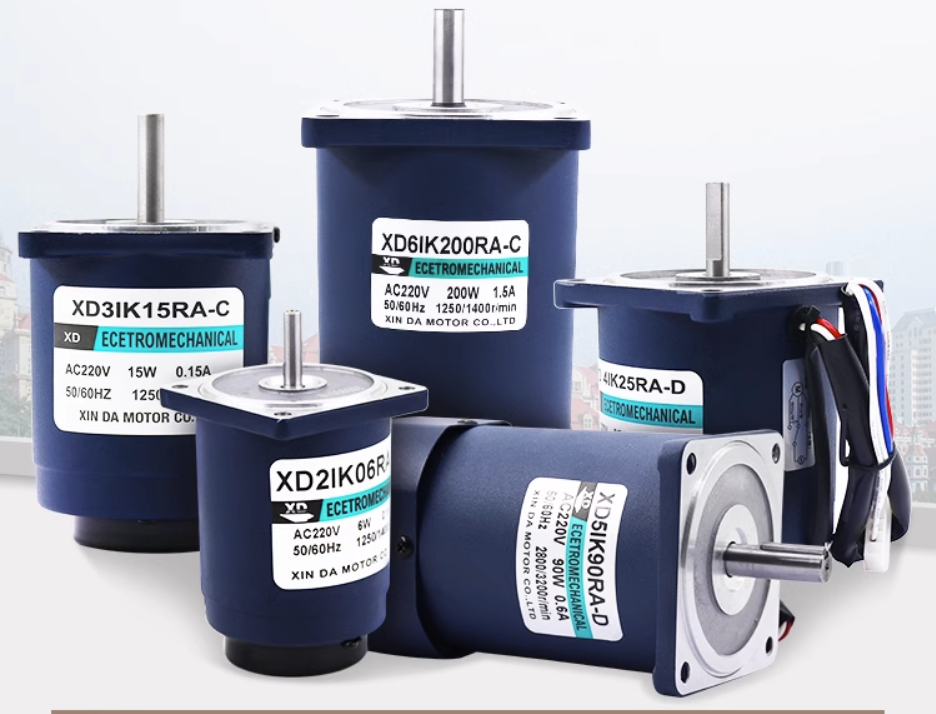


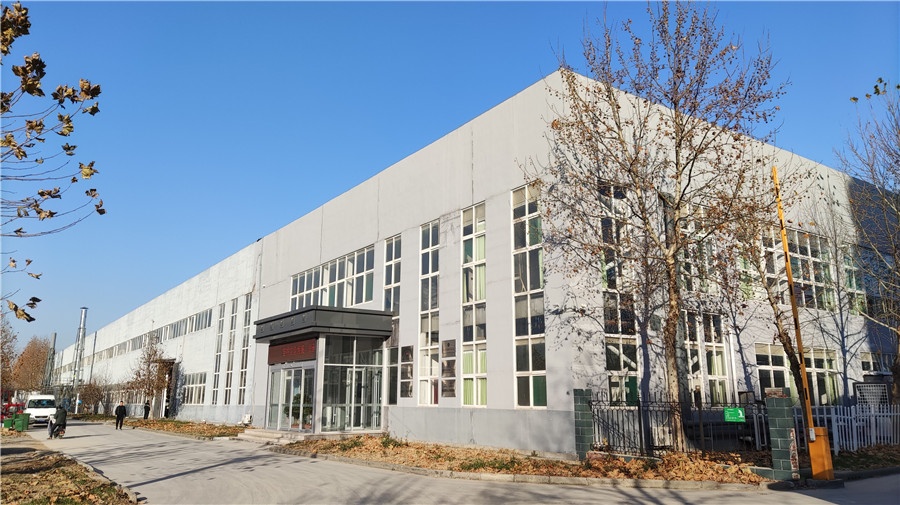
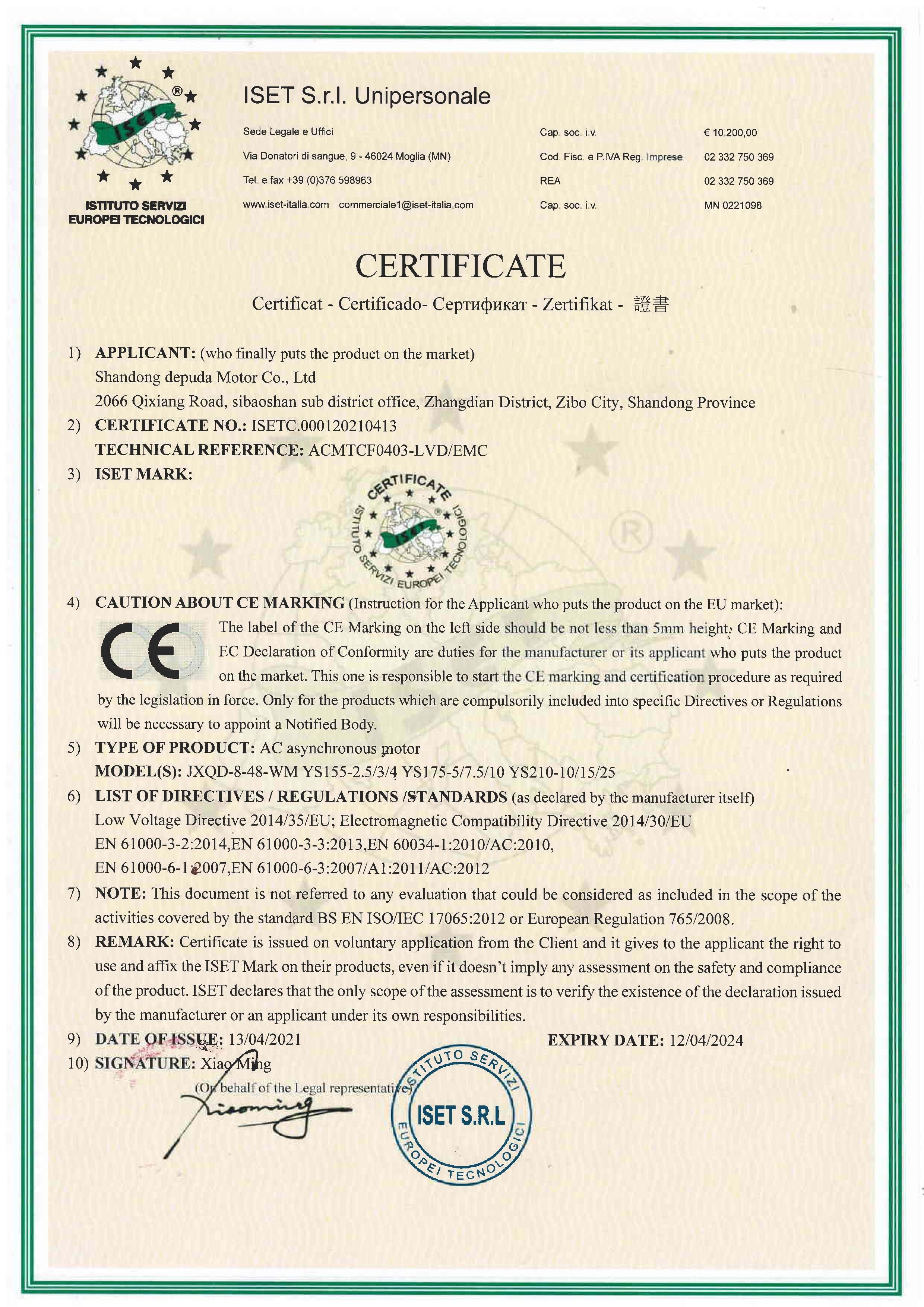
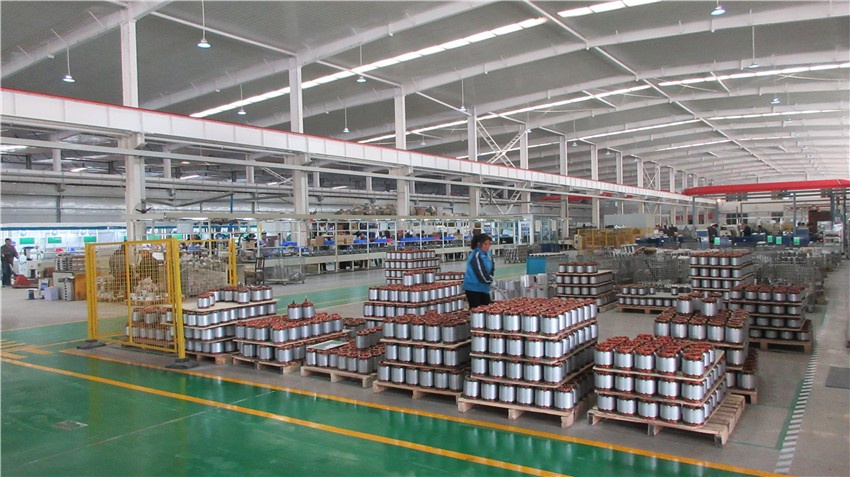



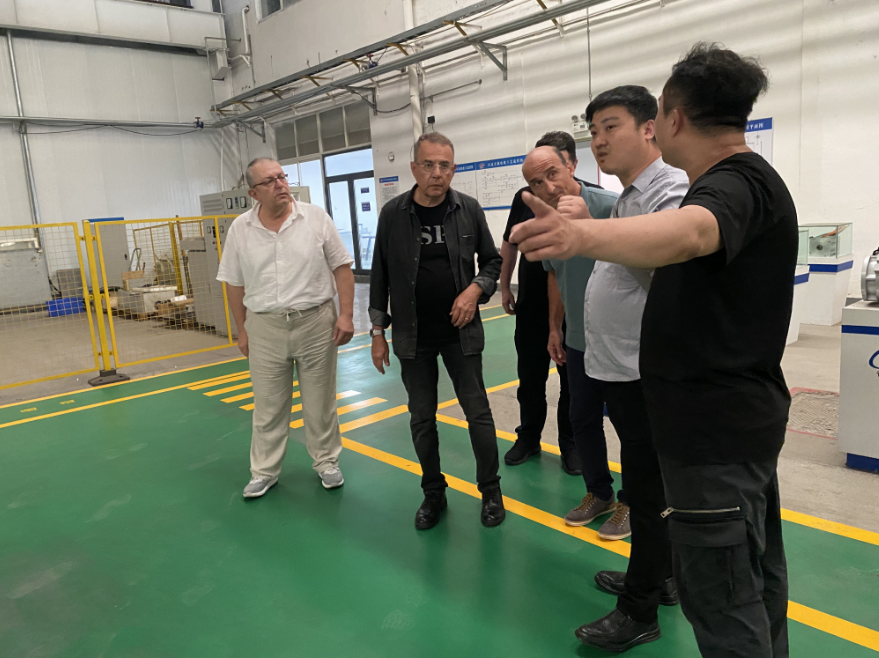
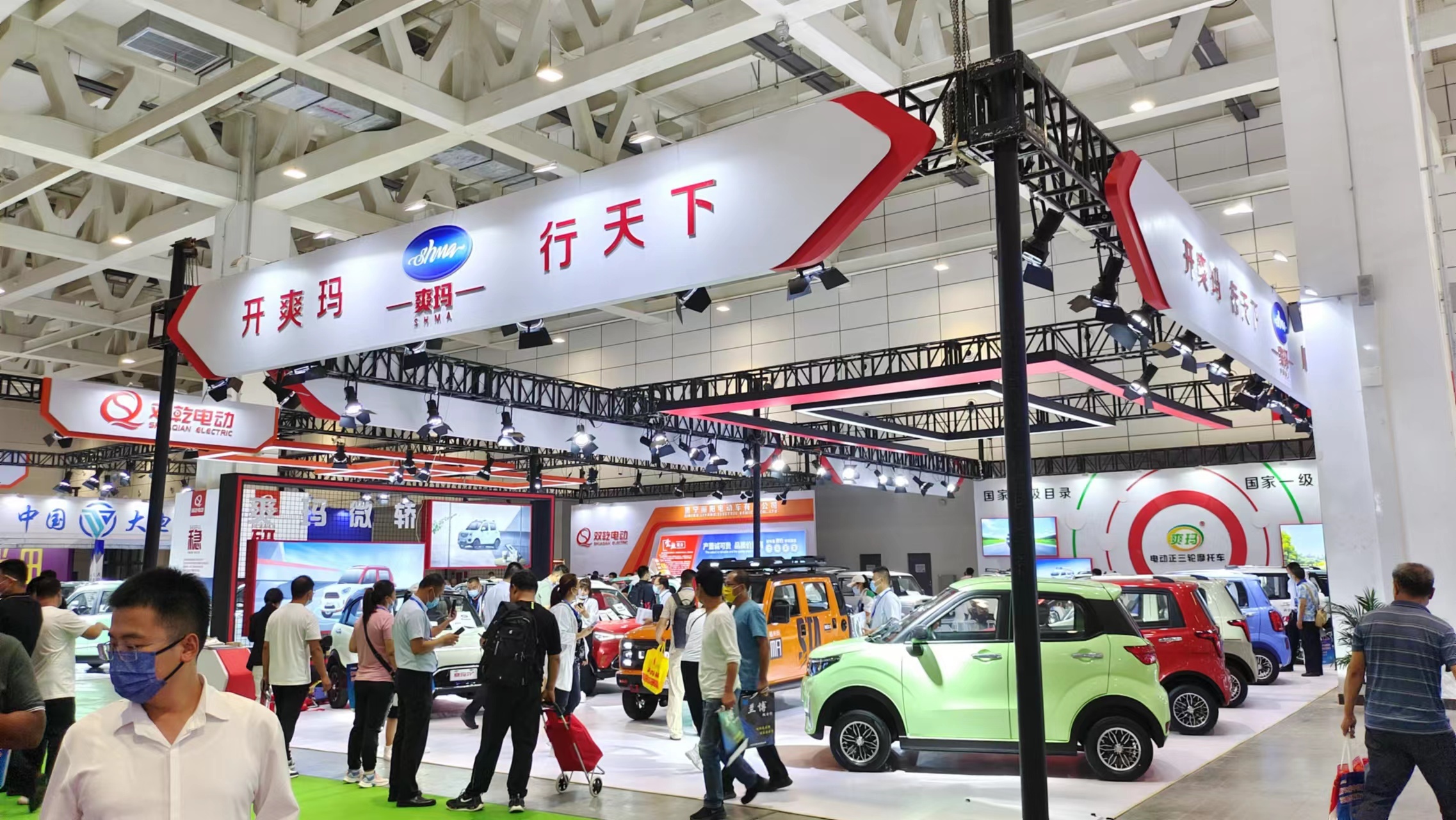


 XINDA
XINDA